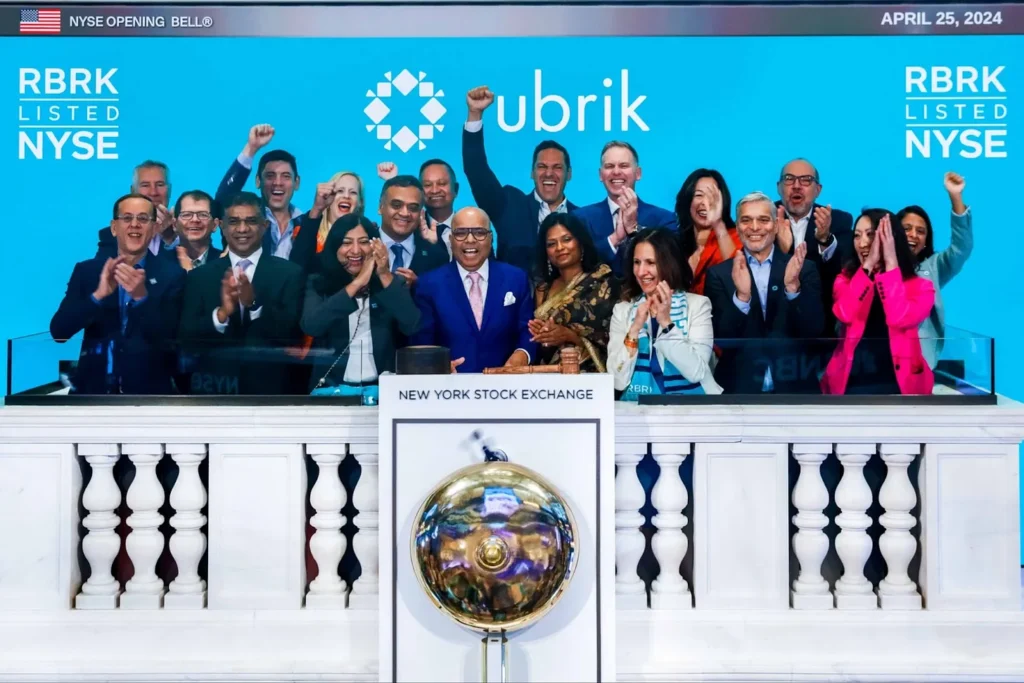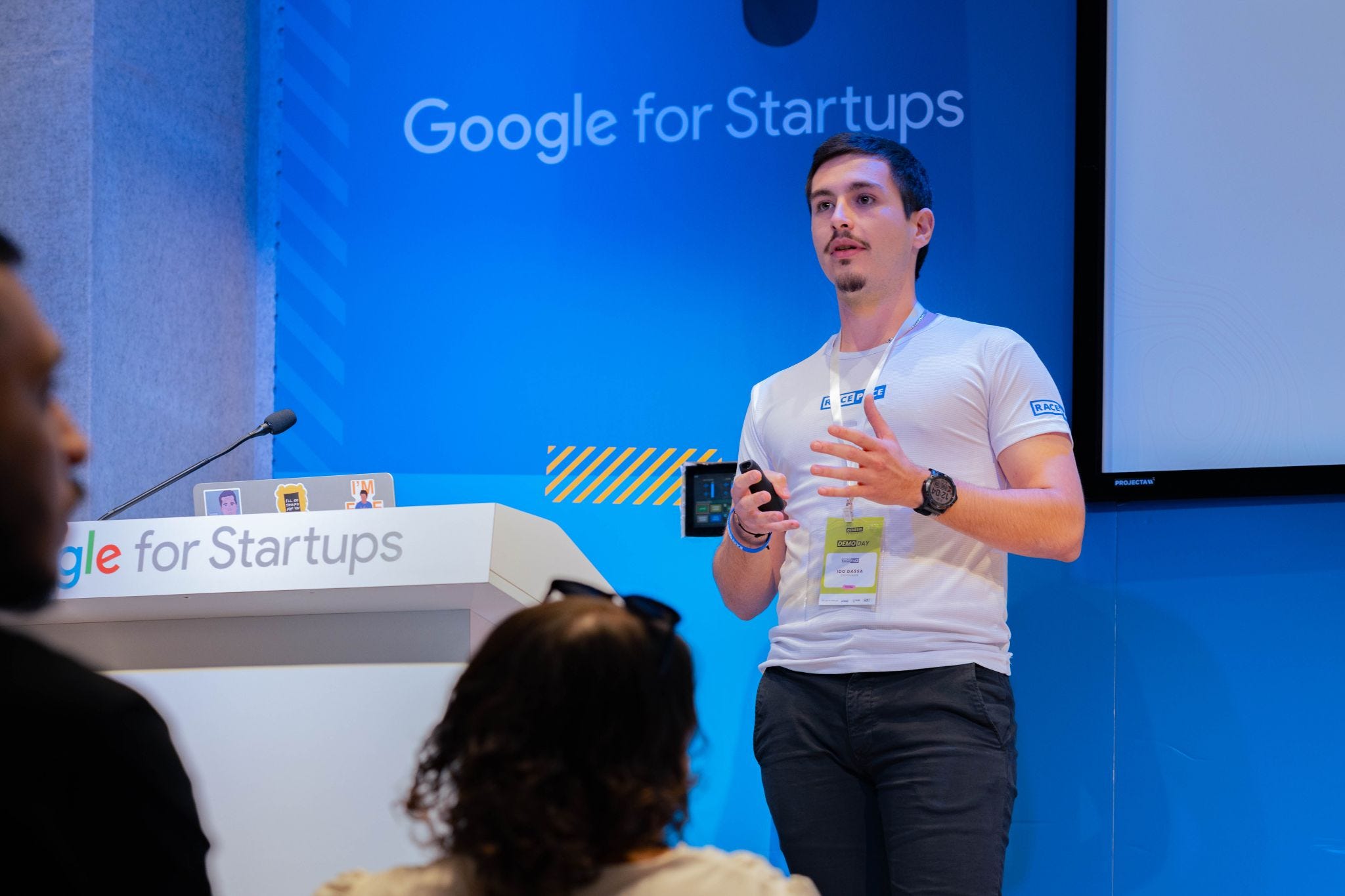

Rubrik, a Lightspeed portfolio company, during its IPO on the NYSE
Over the past few months, something fascinating has been happening quietly across the venture capital landscape: the world’s most influential VC firms are shifting away from the traditional playbook.
According to Bloomberg, Lightspeed Venture Partners — managing over $31B — recently became a Registered Investment Advisor (RIA), joining the likes of Sequoia, Andreessen Horowitz, Thrive Capital, and General Catalyst. This change allows these firms to break the traditional 20% allocation limit and invest across a broader spectrum: public markets, secondaries, crypto, and even company roll-ups.
Special thanks to Miriam Shtilman Lavsovski and Avishag Bohbot for their insights on this subject and for helping us better understand the shift in the industry.
So… what’s really happening?
🚨 The Classic VC Model Is Being Rewritten
The traditional model – invest in 25 startups, wait 10 years, and hope for two unicorns – is losing steam.
But this isn’t a collapse. It’s an evolution.
Today’s mega-funds are behaving more like private equity firms:
- They acquire, merge, and build companies from scratch.
- They invest heavily in AI-native platforms.
- They establish wealth management divisions and participate in public and secondary markets.
- They recruit talent from investment banks and asset managers (e.g., Lightspeed recently hired a Goldman Sachs MD to lead their secondaries strategy).
As General Catalyst put it:
“The traditional VC model no longer best positions founders to transform industries.”
🧭 A New Map for the VC Landscape
This shift marks a structural, cultural, and strategic transformation.
Large funds managing billions are starting to operate like investment banks or multi-asset platforms. Some may even head toward IPOs – much like Blackstone.
At the same time, a counter-trend is emerging:
While the giants grow broader, a new generation of nano funds, angels, and venture studios are going deeper. These smaller players work side-by-side with founders from Day 0 and continue to deliver strong multiples – much like the early days of venture capital.
🧩 What Does It All Mean?
- VC isn’t dead – it’s wearing a new suit.
The job is no longer just picking; it’s building, operating, and transforming. - Big money is changing the rules.
If you’re managing billions, it’s no longer enough to wait. You have to create value – not just bet on it. - Early-stage magic still exists – but it lives with the lean and the bold.
The future of breakout innovation may come from those still close to the ground.
At Genesis Accelerator, we believe in staying close to that early spark — helping founders from Day 0 turn bold ideas into fundable, scalable companies. But we’re also watching the game board change — and helping startups prepare for the new rules.
The model isn’t dead. It’s just evolving. Are you?



